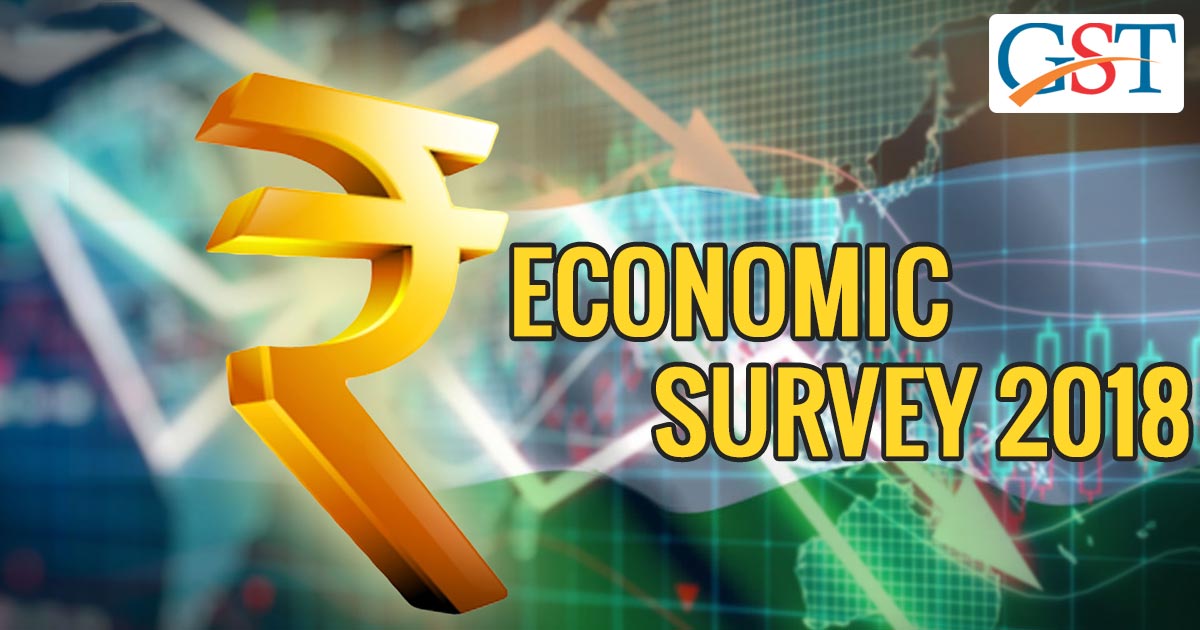Arvind Subramanian, the Chief economic adviser of the government of India, recently gave a hint that the country might be headed to implementing a single rate for GST, which was launched in July 2017. However, the present concern is still to make the indirect tax regime more user-friendly.
The recent Economic Survey, which was authorized by the government’s Chief economic adviser, suggested that GST is doing rather well given that it was only launched only a few months ago. It also reported a growth of 12 percent in tax collections. According to the official document in Parliament, “In the initial phase of such a large disruptive change, this performance is noteworthy. The GST promises to be a buoyant source of future revenues.”
The Survey has also assured that the confusion and anxiety around the new tax system will be dealt with as the system reaches a stable state by the end of this year. As for the provisional assessment, “Revenue collection under the GST is doing well, surprisingly so, for such a transformational reform.” The report further says that the taxes collected under GST had added Rs. 9.7 lakh crore in revenues to the national treasury.
It is common knowledge that GST had, for a short period of time, created chaos in the system. The collections dipped, businesses were anxious and even policymakers were upbeat for some time. However, all that has changed now with GST providing some relief to businesses in terms of better demands and easier compliance.
Subramanian also insisted that the current GST system has too many rates despite being termed as a one tax system. This needs to be corrected and will be done eventually. The comfort also comes from the fact that the current average tax rate of 15.6 percent (under GST) is in line with what the initial committee recommended.
The Survey was held basically to identify the impacts of GST and the changes it brought to the country’s economy. The report notes that the number of registered indirect taxpayers in India has increased by more than 50 percent under GST, with over 34 lakh businesses now registered on the portal. This is also because of the voluntary registration provision in which small businesses are registering to enjoy the benefits of input tax credits. Nearly 17 lakh businesses have opted for voluntary GST registration even when their turnover was below the threshold limit.
The report also maps the registration data by states, which shows Maharashtra, Tamil Nadu, UP and Gujarat having the largest base of registered taxpayers. UP and West Bengal stand at the top of the list of states with the maximum new taxpayers. However, there is a worrying point as well. The Survey reveals that around 47 percent of the total taxes were collected by five major states – Maharashtra (16 percent), Karnataka (9 percent), Uttar Pradesh (7 percent), Tamil Nadu (10 percent), and Gujarat (6 percent). The remaining states, including large states like Rajasthan and Madhya Pradesh, are much behind the target.
The government’s economic report card said, “The distribution of GST base among states is closely linked to the size of their economies, allaying fears of major producing states that the shift to the new system would undermine their tax collections.”










